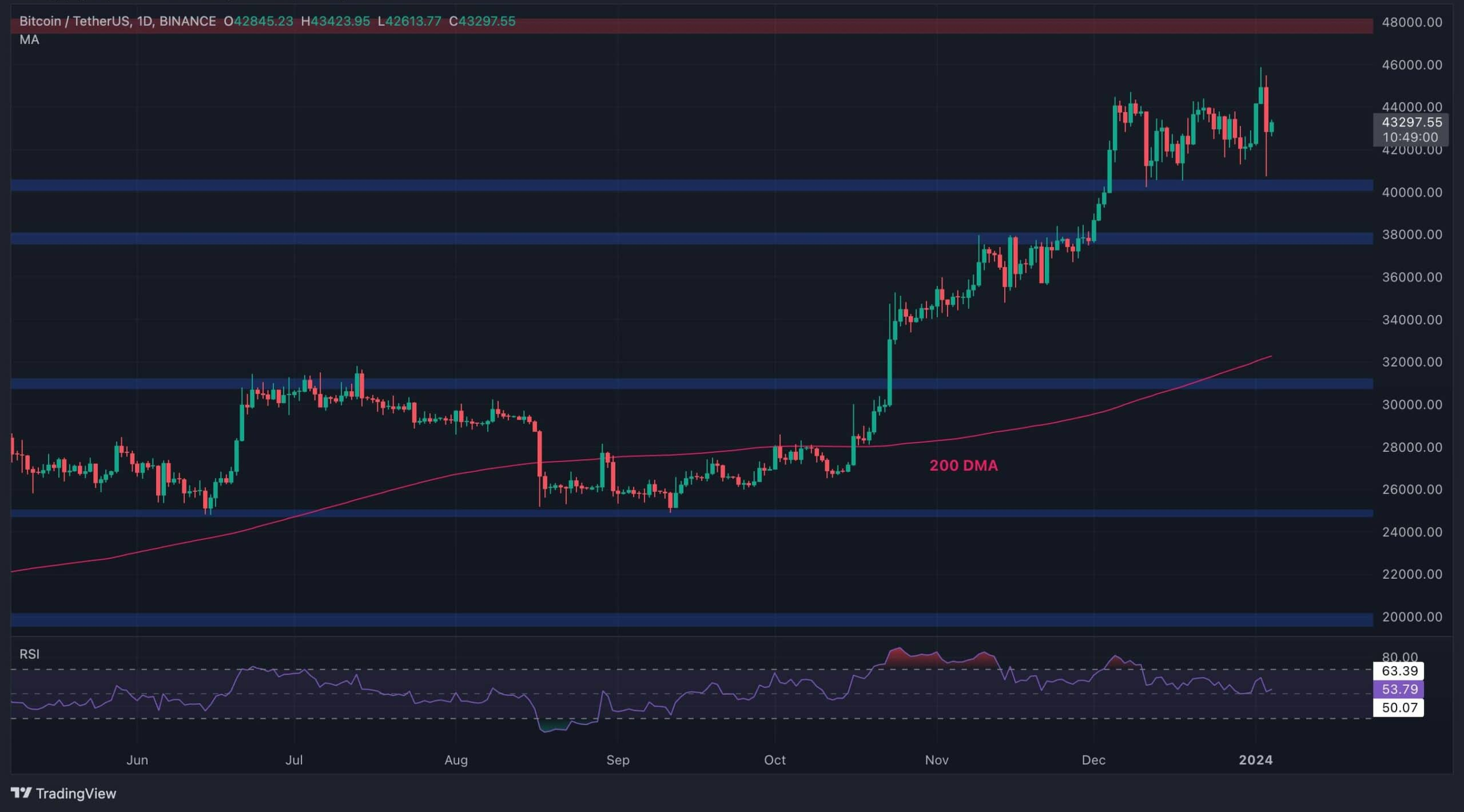
Proof of Work (PoW) is one of the foundational consensus mechanisms that underpins the security and functionality of blockchain networks. It plays a critical role in ensuring that transactions are validated and added to a blockchain in a decentralized manner. This post will explore the mechanics of PoW, how it contributes to blockchain security, and why it has been such a crucial part of blockchain technology since its inception.
The Basics of Proof of Work
Proof of Work is a consensus mechanism that ensures that all transactions on a blockchain are legitimate and that the blockchain remains decentralized and secure. In a PoW system, participants, called miners, compete to solve complex cryptographic puzzles in order to validate and add new transactions to the blockchain. The first miner to solve the puzzle gets the right to add the block to the chain and is rewarded with newly minted cryptocurrency (in the case of Bitcoin, this reward is paid in BTC).
PoW is central to the decentralization of blockchain networks like Bitcoin and Ethereum (until Ethereum transitions to Proof of Stake). By requiring miners to solve cryptographic puzzles to validate transactions, PoW ensures that no central authority controls the validation process, maintaining the decentralized nature of the network. Once a block has been added to the blockchain, it is very difficult to alter. Changing any aspect of a previous block would require recalculating the Proof of Work for that block as well as for every block that follows it. Given the immense computational power required, tampering with past blocks becomes nearly impossible, ensuring the integrity and immutability of blockchain data.
The Environmental Debate: Is Proof of Work Sustainable?
One of the major criticisms of PoW is its energy consumption. Mining cryptocurrencies like Bitcoin requires an immense amount of computational power, which translates into significant electricity usage. This has led to concerns over the environmental impact of PoW-based networks.
However, it is important to note that not all energy usage is equal. Many PoW miners are transitioning to renewable energy sources to mitigate the environmental impact. Still, the energy requirements for maintaining a PoW network, especially at scale, continue to be a topic of ongoing debate.
Proof of Work in the Context of Other Consensus Mechanisms
While PoW has proven effective in securing and decentralizing blockchain networks, it is not without its challenges. Other consensus mechanisms, such as Proof of Stake (PoS), have been developed to address some of the limitations of PoW, such as high energy consumption. In PoS, validators are chosen to create new blocks based on the amount of cryptocurrency they hold and are willing to “stake” as collateral. This approach reduces energy consumption significantly but introduces new trade-offs in terms of security and decentralization.
Despite the rise of alternatives like PoS, PoW remains the most well-established and widely used consensus mechanism, particularly in networks like Bitcoin. Its simplicity, security, and proven track record continue to make it a cornerstone of blockchain technology.
Proof of Work has played a pivotal role in the development of blockchain technology. By ensuring decentralization, security, and immutability, PoW has enabled cryptocurrencies to operate in a decentralized environment without the need for intermediaries. However, as the cryptocurrency landscape evolves, so too will consensus mechanisms. While PoW may not be the only solution moving forward, its influence on the blockchain space remains undeniable.



